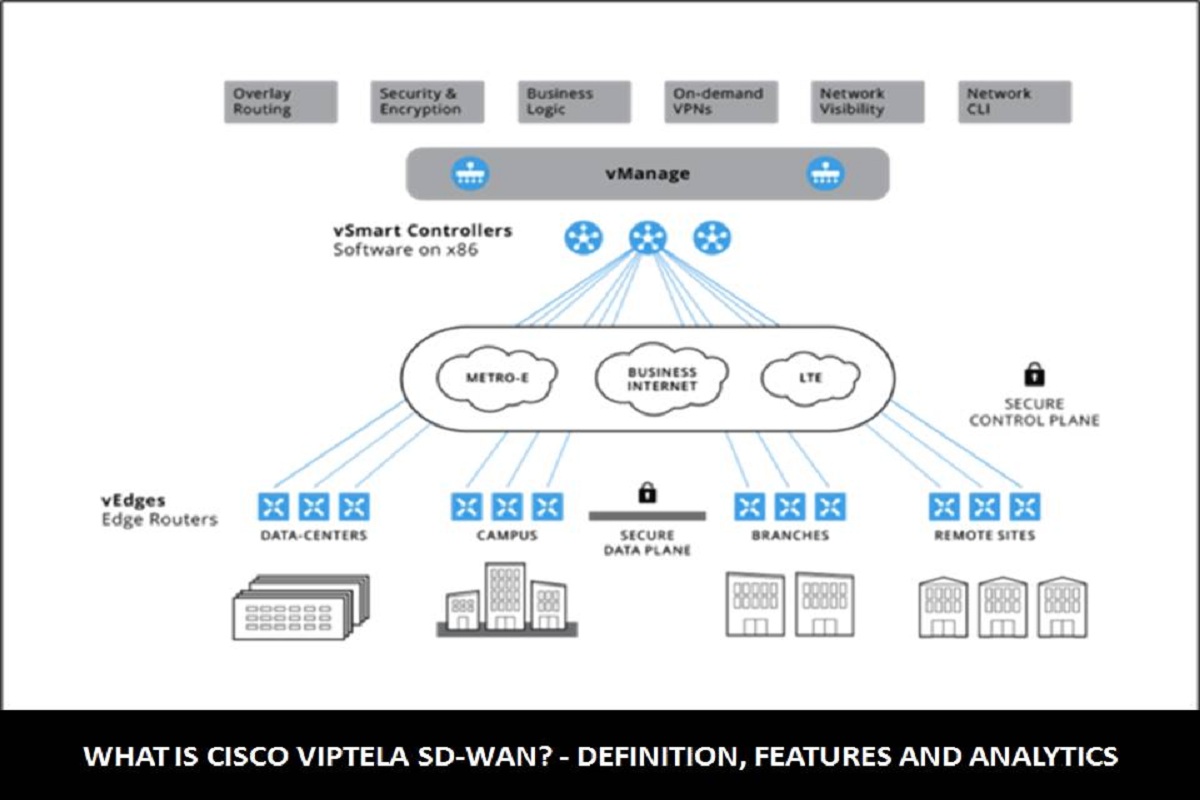

Discover 8 Must-Know Metrics for Competitive Research
8 Essential Metrics for Your Competitor Research
Hey there, business owner! Ever felt like you’re playing a game of Hide & Seek while your competitors are actually building a secret arsenal? That’s why tracking what your rivals are up to is a must. Want to know how they’re driving traffic, snatching up sales, or picking the right keywords? In short, you gotta zoom in on their strategy and see what’s working for them.
But let’s be real—starting a competitive analysis can feel like stepping into a maze blindfolded. Which numbers should you be chasing? Without the right metrics, you might end up tossing a wrench into a gears that’re already oddly balanced.
No worries! Below are the essential stats you’ll want to keep an eye on. Grab a coffee, buckle up, and let’s dive into the numbers that will help you outsmart, outgrow, and outshine your market buddies.
Table of Contents
- Website Traffic
- Keyword Rankings
- Selling Prices
- Market Share
- Employee Count
- Reviews and Ratings
- Conversion Rate
- Engagement on Social Media
- The Bottom Line
Website Traffic
Take a peek at the volume of visitors hitting their pages. High traffic plus low bounce means they’ve got something good going. Think of it as the turnout to a big family gathering—if everyone’s pouring in and staying, you’ll know they’ve nailed the invite.
Keyword Rankings
Where does your rival sit in search engine results? Are they dominating top spots for the same search queries you care about? Stack the keywords up against yours, and find the sweet spot where you can jump in.
Selling Prices
Price wars are the real drama. Review what they’re charging vs. what you offer. A spread can reveal if they’re siphoning your market by undercutting or perhaps using premium pricing to turn the needle toward higher margins.
Market Share
How much of the pie do they own? Remember: it’s not just the N number; it’s the percentage relative to the whole market. A larger slice often means more resources, better buzz, and a stronger brand presence.
Employee Count
More employees do not always mean more success, but the workforce size can hint at their operational capacity. A sprawling team means talent, while a lean crew might suggest agility.
Reviews and Ratings
Look at how happy their customers are. A handful of glowing testimonials can tell you something about the user experience they’re delivering. Cross‑check those ratings with your own—you might uncover something you can improve.
Conversion Rate
When did a visitor turn into a customer? The conversion funnel is a vital lens: a low click‑through click‑to‑buy ratio might indicate a weakness you can fix, or cross‑sell something you hadn’t considered.
Engagement on Social Media
Check if the brand’s hype is real or one‑hole. Numbers like likes, shares, comments, and growth in followers help gauge how every conversation is hitting the target. Perfect for mapping out the next viral idea.
The Bottom Line
Sum everything up: crunch the data, position your strengths, find gaps, and act fast. If you keep these metrics under constant review, you’ll stay ahead of the curve—and get a clearer idea of where you can hit the jackpot in your marketplace.
Website Traffic:
First Metric to Watch: Traffic
Think of your competitor’s website as a bustling coffee shop. Traffic tells you how many people drop by and how many sticky notes (or page views) are left behind. Grab tools like Google Analytics to count those unique visitors and page views.
Why It Matters
- Everyone’s got a “footprint.” Knowing who’s walking through the doors helps you map out the audience you want to attract.
- It’s a hint towards your own content. If people keep coming back to a certain page, maybe that’s something you should consider shaking up.
Where They’re Coming From
Track traffic sources to see the exact highways your competitor’s visitors are cruising on. Search engines, social feeds, or those mysterious referral links? Each gives a clue about how folks discover the site.
Takeaway
- Start with traffic data to gauge the crowd size.
- Dive into source analysis to uncover the path people take.
- Use these insights to tweak your own strategy—think of it as a “friendly mirror” that shows you what’s working for others.
Keyword Rankings:
Keeping a Keen Eye on Keyword Rankings
Why it matters: If a rival site is snatching up “hot” keywords in Google’s search, they’re basically stealing a piece of your potential traffic pie. Knowing where they stand in the SERP rankings lets you see what’s working for them—and what you might need to tweak.
Tools You Can Tag Along With
- Google Ads Keyword Planner – Great for spotting where competitors are placing their bets.
- SEMrush – Offers a bird‑eye view of keyword performance across multiple search engines.
Spotlight on Competitor Keywords
Just digging through their keyword arsenal is like peeking at their playbook. Every keyword they target tells a story:
1. Where they think the audience is hiding.
2. How they aim to capture that audience’s attention.
What This Reveals
By mapping out these keywords, you’ll get a snapshot of their marketing strategy—what’s resonating, what’s trending, and how you can adjust your own content game plan to stay ahead.
Selling Prices:
Spotting the Competition: Why Your Prices Should Follow the Market
Want to avoid missing out on sweet profits or accidentally becoming the “cheap” dessert in your industry? The secret sauce is a competitive pricing strategy—thinking about what your rivals are doing and shaping your own game plan in real time.
Why Analyse Competitor Prices?
- It keeps you ever‑up‑to‑date and in the fast lane.
- It helps you spot price‑drift and quick fixes before customers chase the cheaper option.
- It tells you where your products sit in the marketplace, so you can price them just right—no more, no less.
What You Get From Competition Analysis
When you track how competitors set and shift their prices, you’ll learn:
- The market segments they’re aiming at.
- The pricing tactics they favor (think discount, premium, bundle, etc.).
- How often they change prices, giving you clues about their stock and demand cycles.
Playing the Right Pricing Game
Don’t just copy your rivals blindly. Align your strategy with the brand image and perceived value you’re building. Here’s the scoop:
- If you price too low, you’ll wind up feeling sorry for yourself. The margin shrinks, and buyers might think “is this product really worth it?”
- If you price too high, you risk losing customers who bleed into the cheaper territory.
- Set your price near the middle ground—close enough to feel competitive, but not so close that it erodes your distinctiveness.
In short, price wisely, price wisely, and price like a pro. The goal? Maximize profits while keeping your brand’s value front and center.
Market Share:
Keeping an Eye on the Competition
Want to know how your business is doing compared to the big players? Start keeping tabs on market shares. If your rival’s slice keeps growing while yours feels stuck or even shrinking, it’s a sign you’re maybe playing the wrong game.
What a Change of Strategy Could Look Like
- Time to tweak your product line.
- Consider a pricing rewrite.
- Refresh your marketing, maybe with a splash of social media magic.
Don’t stop there—track revenue and expenses. These numbers can tell you whether the competition is actually happy in the money department. If they’re consistently earning more than they’re dropping, it’s a strong hint that they’ve cracked some secret sauce.
Why It Matters
Observing this financial flow can be a shortcut to spotting successful tactics: maybe their ad spend is smarter, or they’ve found a killer new feature. “I could learn from that,” is the sweet spot. Hear us out—that’s the kind of insight that turns a dull benchmark into a manager’s day.
Employee Count:
Crunching the Numbers: Why Employee Tallies Matter in Your Market Game
Ever wonder what the back‑stage crew of your competition looks like? A clutch of fresh hires might be shouting, “We’re booming!” A shrinking roster could be a warning flag. Analyzing employee count is a quick, high‑impact way to spot trends, without diving into deep financial statements.
What a rising headcount tells you
- They’re expanding operations, opening new stores, or launching fresh product lines.
- Cash flow is strong enough to fund real talent.
- They’re hiring to keep pace with growth, which often means a bustling, vibrant business.
What shrinking numbers can signal
- Cost‑cutting measures—maybe a liquidity crunch.
- Strategic repositioning (e.g., dropping a product line).
- Potential troubles that could affect productivity or market share.
8 Must‑Watch Metrics to Keep Your Eye on the Competition
Just like a detective looks at clues, you need a toolbox of metrics to stay ahead. Check these out:
1. Revenue Growth Rates
Track year‑over‑year sales numbers; a flare could mean a market win, while a dip warns of a loss.
2. Profit Margins
Profitability tells you how aggressively the company is pricing and how lean its operations are.
3. Employee Count Changes
As discussed—growth signals expansion; shrinkage points to cutbacks.
4. Market Share Share
Who’s ruling the roost? Take the fraction of sales in their sector.
5. Customer Acquisition Cost (CAC)
How pricey is it for them to win a new customer? Lower CAC often indicates strong marketing or products.
6. Average Order Value (AOV)
Customers are spending more or less per purchase—an insight into pricing strategy.
7. Net Promoter Score (NPS)
Happy customers spread the word; this metric shows brand loyalty.
8. Research & Development Spend
Innovation budget reveals future product pipelines and tech focus.
Keep a watchful eye on these eight metrics, and you’ll be ready to respond with agility—whether the competition is flourishing or faltering. Stay curious, stay sharp, and let the numbers guide your next move!
Reviews and Ratings:
Keeping Your Footprints Fresh: How Competitor Reviews Holler About Quality
Ever notice how the buzz around a rival product can tell you more than just their marketing spin? Customer satisfaction ratings and those gushing reviews are essentially the loud, honest whispers of the marketplace. If their fans keep sending back high‑score shout‑outs, it’s a chilly reminder: you might need to upgrade your own game.
Why Peer Feedback Matters
- Real‑time Quality Gauge: Positive scores mean their customers feel the value. You just need to decide if you’re in the same league.
- Trust Builder: A wall of glowing reviews showcases credibility—something no catchy tagline can save.
- Opportunity Lens: Spot gaps or strengths that the competitor’s product missed.
Your Strategy Blueprint
- Copy the Crunch: Aim for the same number of ratings—until, of course, you start topping them.
- Signal Quality: Deliver what customers love. If they’re thrilled, jump in with a better version.
- Be the Talk: Encourage your supporters to share their happy stories—because their voice can outshine any billboard.
Bottom line? When competitors roll out leads in the “happy” aisle, it’s a gentle nudge to raise your offerings, or at least match the star power. Keep eyes on the reviews, and you’ll always know when it’s time to step up the game.
Conversion Rate:
Catch the Conversion Wave
Think of your website as a lively carnival, and visitors are the eager crowds coming by. The real fireworks happen when those people decide to move from “just browsing” to “making a purchase” or joining your mailing list.
Why the Conversion Rate Matters
It’s simply the percentage that tells you how well your site rolls the dice:
- Conversion Rate = (Desired Actions ÷ Total Visitors) × 100%
How to Keep Score
Leverage tools like Google Analytics to pull up the numbers in real time.
- Set up tangible goals: a sale, a signup, a click‑through.
- Track how many of your visitors hit those goals.
- Look at the conversion percentage; a higher score means fewer people are walking away empty‑handed.
Spy on the Competition (in a friendly way)
When you compare your conversion stats against a competitor’s:
- Spot where they’re winning—perhaps their checkout process is smoother.
- Identify where you’re lagging—maybe your signup form is a tad too long.
- Use those insights to tweak your own site, turning potential visitors into loyal fans.
In the end, a solid conversion rate is your bragging right that says, “Your visitor-to-fan transformation is on point!” So start tracking, keep a sharp eye on those numbers, and let your site sparkle until every visitor turns into a fan or a buyer.
Engagement on Social Media:
Unmasking the True Pulse of Your Competitor’s Social Media
Follow the numbers or feel the vibes? Counting followers is great for bragging rights, but it’s not the endgame.
Why Engagement Wins
- Likes – the simple thumbs‑up that signals “good vibes.”
- Comments – the conversation starters that show genuine interest.
- Shares – the ultimate endorsement, because the crowd loves to spread the word.
That trio forms a magic ratio called engagement. It tells you how “alive” a post really is, revealing whether your competitor’s content is just a footnote or a headline headline.
How to Use the Engagement Metric
Think of it as a backstage pass to content performance:
- Spot the keywords that actually spark reactions.
- Spot-check which formats hit the sweet spot.
- Gauge the overall brand buzz in real time.
In short, go beyond the follower count and dive deep into these interaction stats. The real game‑changer? Knowing who’s reacting, sharing, and talking about your competitor’s posts – that’s where the real market intel lives.
The Bottom Line:
8 Essential Metrics to Wrap Your Competitor Analysis Around
Why Bother Knowing the Numbers?
Tracking the right numbers is like having a hidden camera in the marketplace – it lets you see what your rivals are doing without them realizing it. By keeping an eye on the right trends, you’ll spot where they’re shining, where they’re floundering, and where you can step in and outshine them.
1. Website Traffic (Visits & Page Views)
2. Conversion Rate
3. Keyword Rankings
4. Social Engagement
5. Content Frequency & Quality
6. Backlink Profile
7. Ad Spend & ROI
8. Customer Reviews & Sentiment
Ready to Play the Numbers Game?
Now that you know the top 8 metrics, it’s time to get that data in hand and start beating the competition to the punch. Want to dive deeper? Let’s tweak your tactics, tweak your messaging, and tweak everything that sets you apart.
AuthorRay M, Social Media Marketer at Social PrawnRay’s got a knack for spotting trends and turning online presence into a profit‑boosting powerhouse.Want to level up? Ray offers consulting to help businesses rock their social game!







